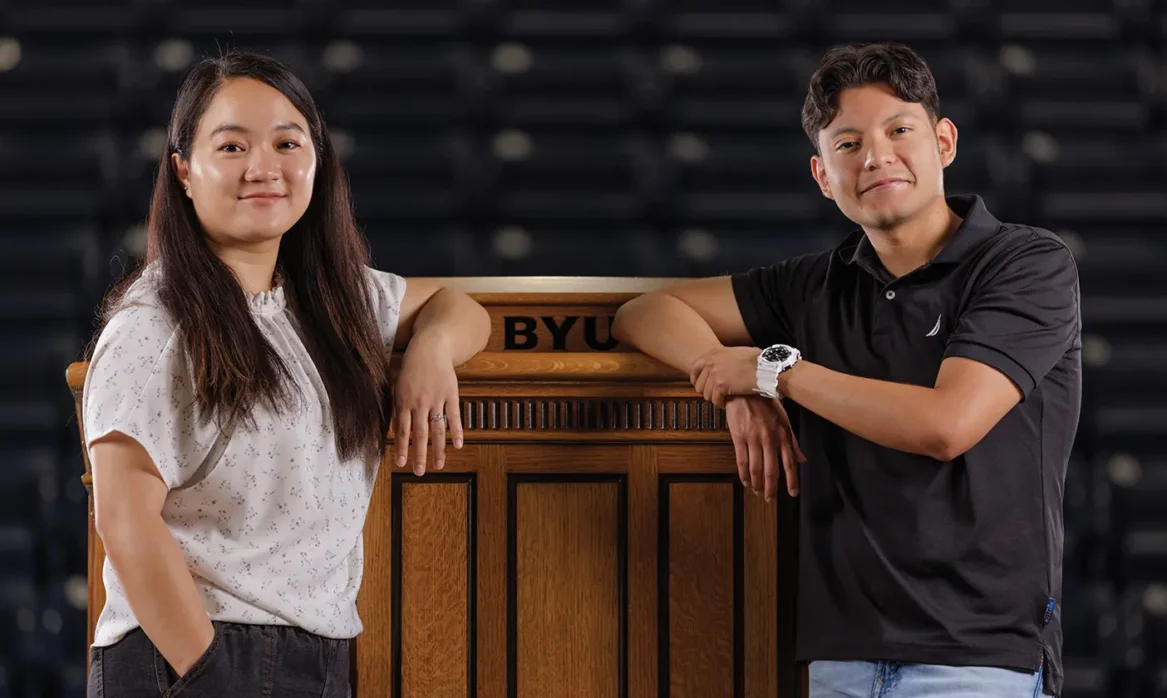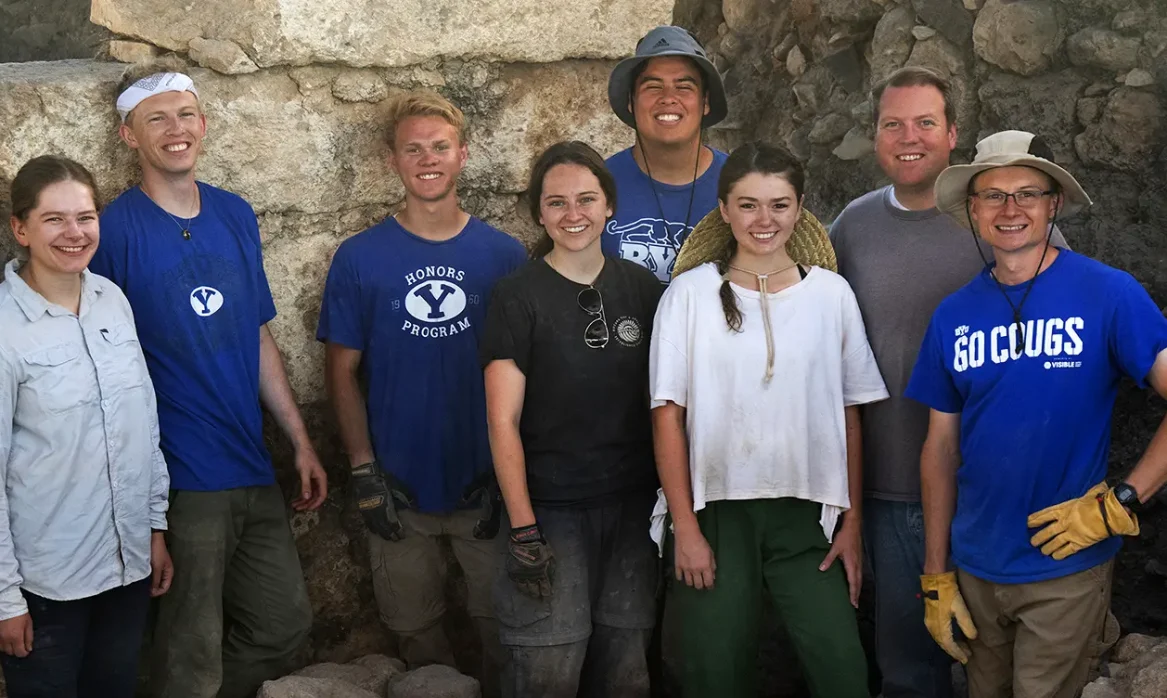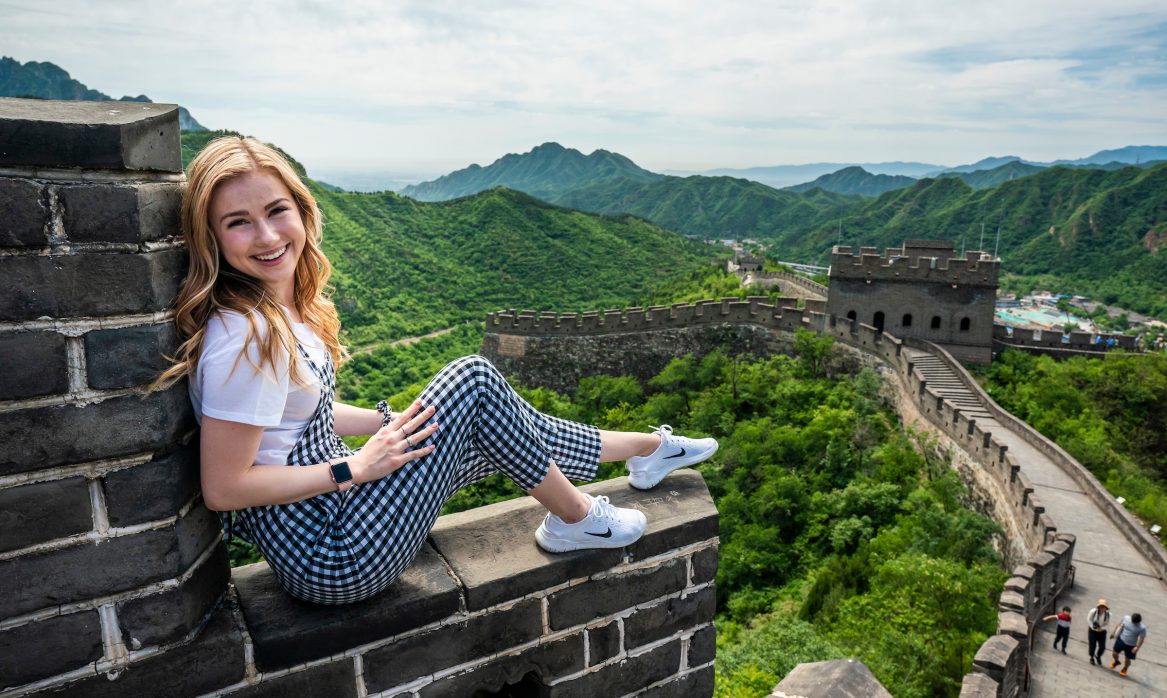A BYU team recovers and acknowledges forgotten women writers from centuries past.
When Valerie Hegstrom (BA ’82, MA ’86) was a student decades ago, her Spanish literature professors insisted there was only one Spanish woman writer before the 19th century: a 17th-century nun called La Décima Musa Mexicana, or the Tenth Muse of Mexico.
After becoming a Spanish professor herself, Hegstrom held in her hands a 17th-century manuscript that proved them wrong. On a trip to Spain, Hegstrom combed through old catalogs in search of women writers to include in her 16th- and 17th-century theater classes: “I’m flipping through this big, thick book looking through all the playwrights from the Middle Ages to the 18th century, and I’m looking for women’s first names.”
As Hegstrom studied women playwrights, she realized that Ana Caro was called the Tenth Muse of Seville. And that Bernarda Ferreira de Lacerda was the Tenth Muse of Portugal. And so on. “And it hit me,” she says. “This is not a compliment. This is just something that we say when a woman writes. Instead of being a writer, an author, one of the great authors of her time, she’s a muse who inspires male writers.”

Hegstrom worked together with her former student Anna-Lisa Halling (BA ’05, MA ’07), a current BYU Portuguese professor, to recover the lost works of Spanish and Portuguese writers throughout the Iberian Peninsula. “I’m going to talk about these women as more than muses,” Hegstrom decided. “They are writers themselves.”
In 2021 the team decided to compile their findings into a database aptly called More than Muses, filling the holes of Spanish literary history with bibliographies, biographies, photographs, and translations. That year Halling won an Emmeline B. Wells Grant to help fund their project. For the creation of the database, digital humanities professor Jeremy M. Browne (BA ’01, PhD ’07) became an integral part of the team.
“It’s the largest collection of annotations on women’s writing from the Iberian Peninsula from that period,” Browne says. “And I get to share in this fight by bringing in the technological expertise I have to help them realize their vision.”
For Hegstrom, finding and recovering women writers from the past is a sacred duty. “It’s linked to what we do in the temple. When we’re redeeming the dead, we’re holding somebody’s name in our minds,” she says. “Recovering these women writers and remembering who they were is sacred in that same way for me.”













